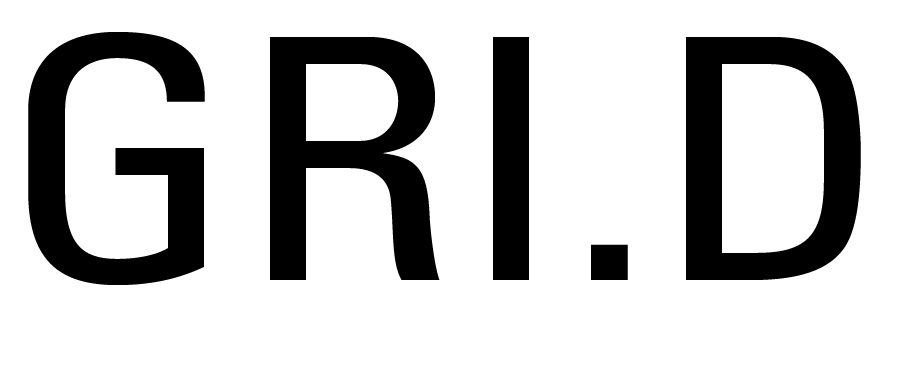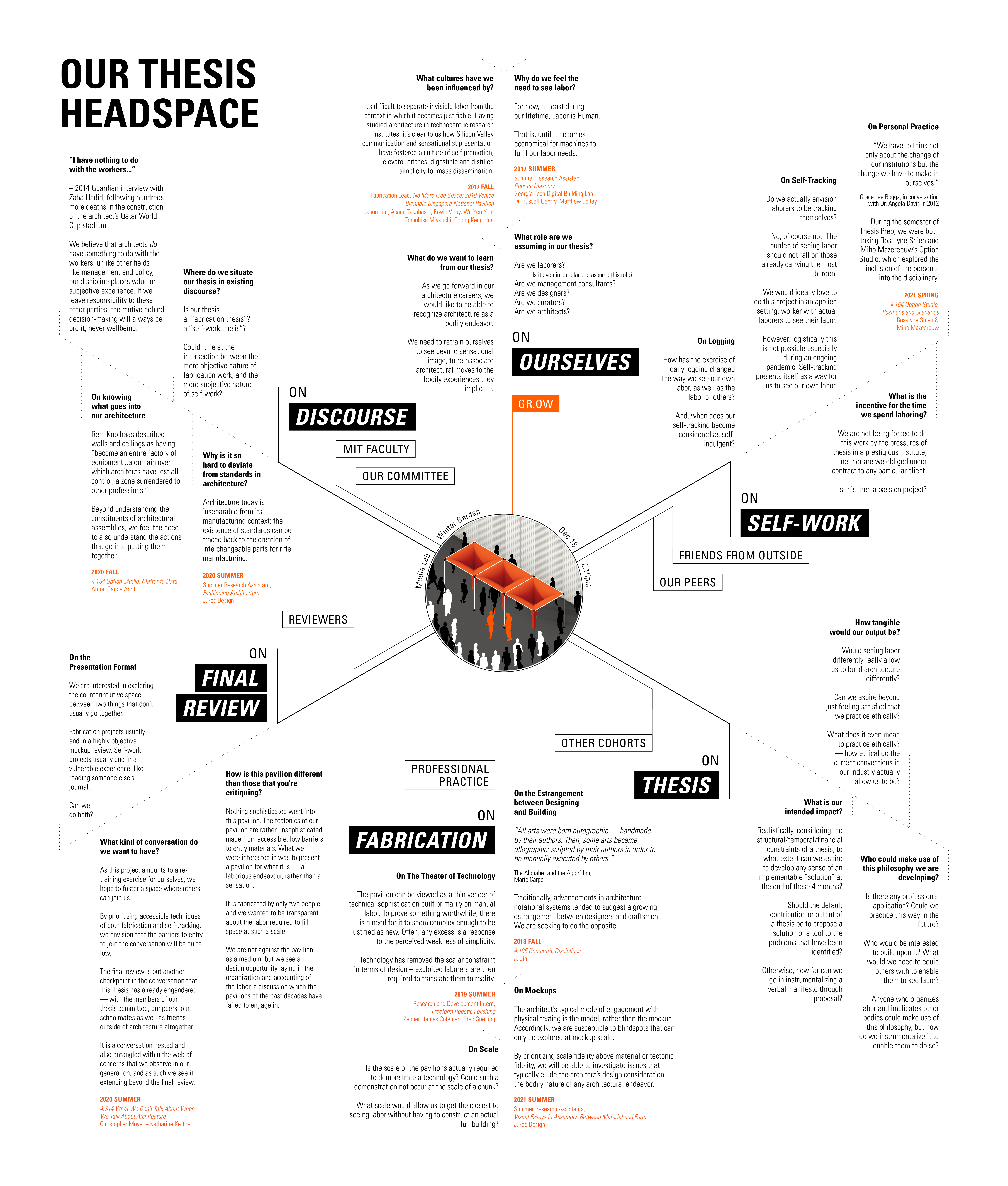Seeing Labor (M.Arch Thesis)
Fabrication Porn from Behind the Scenes
Cambridge, MA
MIT Architecture Joint M. Arch Thesis
Co-Author: Inez Ow
Advisor: J. Jih
Committee: Axel Kilian, Brandon Clifford, Deborah Garcia
Backstage labor has become overwhelmingly disassociated from the very conventions by which we have been trained to present and consume architecture.
Plans, sections, elevations, axonometrics, renders and detail drawings — they represent the artifact to be built, but not the actions or subjective experience required to build. When we are able to recognize labor as potential for value-adding, instead of reducing them to semi-automatic manual executions, it becomes clear that labor constitutes a large part of building authorship that the prevailing culture of sensationalism fails to properly credit. Worse still, when operating under this system which thrives on cropping inconvenient realities of labor out of view, we become complicit in propagating abuse, neglect, and injury.
Our thesis recognizes that a more sympathetic relationship between architectural output and labor cannot be realized under the classical model of authorship in architecture, and contends that it is within the agency of the architect to embed labor accounting within the design of the physical artifact itself. We enter our thesis as test subjects in a series of self-administered labor accounting studies, as a way of attuning ourselves to the fact that every architectural design move necessarily implicates bodies. We then propose an architectural take on labor accounting, where physical artifacts serve as ledgers. Our vision: every trace of labor becomes non-fungible — the experience of architectural space and the experience of implicated laborers are rendered inseparable.
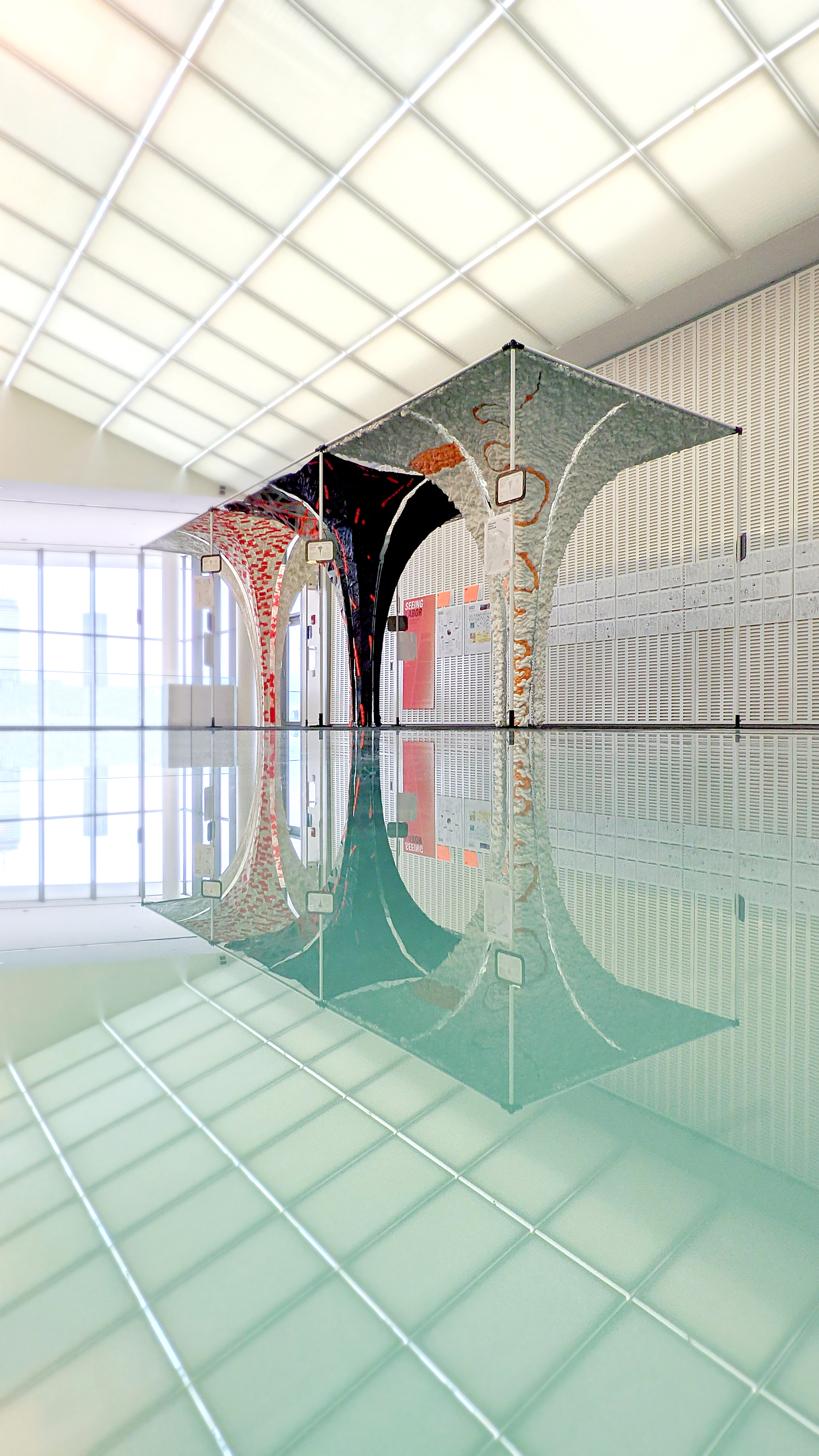
Final Installation, MIT Media Lab
What’s going on in the field of architecture?
Our thesis is situated in the present, where we find ourselves in the midst of two institutional trends — the digital fabrication wave of the past ten years and the emerging conversations around care and self-work in the past two years. One is highly objective while the other is highly personal. We hypothesize that bringing together these simultaneous but separate conversations would force us to enter new territories and confront topics that are difficult to reach within our normal modes of discourse.
The particular topic we focus on comes from the realization that we study architecture in a context in which invisible labor is justifiable — think unpaid internships, uncredited project contributions, lack of accountability for worker deaths in construction — these are so prevalent that we risk becoming desensitized entirely.
For ourselves, our first-hand experience in the sensationalist culture behind high tech research institutions lead us to question: how does labor go so unseen in architecture, and what is our agency to reveal more of the labor that goes into our work?
Seeing Labor is a project that begins with attuning ourselves to how every architectural move implicates bodies. To do so, we operate between techniques of self-tracking and 1:1 construction to investigate what we perceive as a blindspot between the subjective experience of the bodies assembling
What’s making invisible labor justifiable?
The notion of high-tech oftentimes inadvertently expresses the conviction that industrial progress means the abolition of manual labor from our industry. Within the last 20 years, this veil has been maintained by one prominent body of work in particular: the experimental research pavilion. These 1:1 works allege to be beacons of progress, signaling novel directions for future constructions. Though they are marketed as high-tech, video documentation available on YouTube and Vimeo reveal that they are assembled manually on site, often by large teams of people who receive minimal recognition for the repetitive actions of their bodies. We classify many of these works as “fabrication porn,” semantically hinging upon the similarly exploitative dynamics that exist in the worlds of porn production and theatre stage sets.
We select the medium of pavilions for their relation to scale. Pavilions are essentially 1:1 mockups absolved from the code constraints of full building construction. Since they are all assembled on-site typically by large teams, they present themselves as an opportunity for architects to test novel ideas related to the organization of labor. However, looking at the pavilions that have actually been constructed in the last twenty years, we see this opportunity has been left untouched.
Instead, these pavilions often aim to appear as beacons of progress, high-tech constructions that transcend the need for manual labor. This image is propagated via sensationalised media platforms like Instagram, YouTube and Vimeo, featuring highly curated close-ups, cuts, and angles of the physical artifact, but it is also through this media that we catch fleeting glimpses of the repetitive bodily actions of large teams of people that receive minimal recognition.
For example, the Zephyr pavilion is more often recognized for their graphically rich structural skin generated by Theverymany’s highly curated scheme of computationally finessed protocols, than the repetitive hand riveting undertaken by assemblers to join the hollow bodied aluminum parts together. The ICD/ITKE Research pavilion in 2015/16 is more often recognized for the custom laminated, robotically sewn plywood segments, than the manual, on-site hand sewing that it took to connect all these 151 segments together.
 Surveying research pavilions from the last two decades
Surveying research pavilions from the last two decades
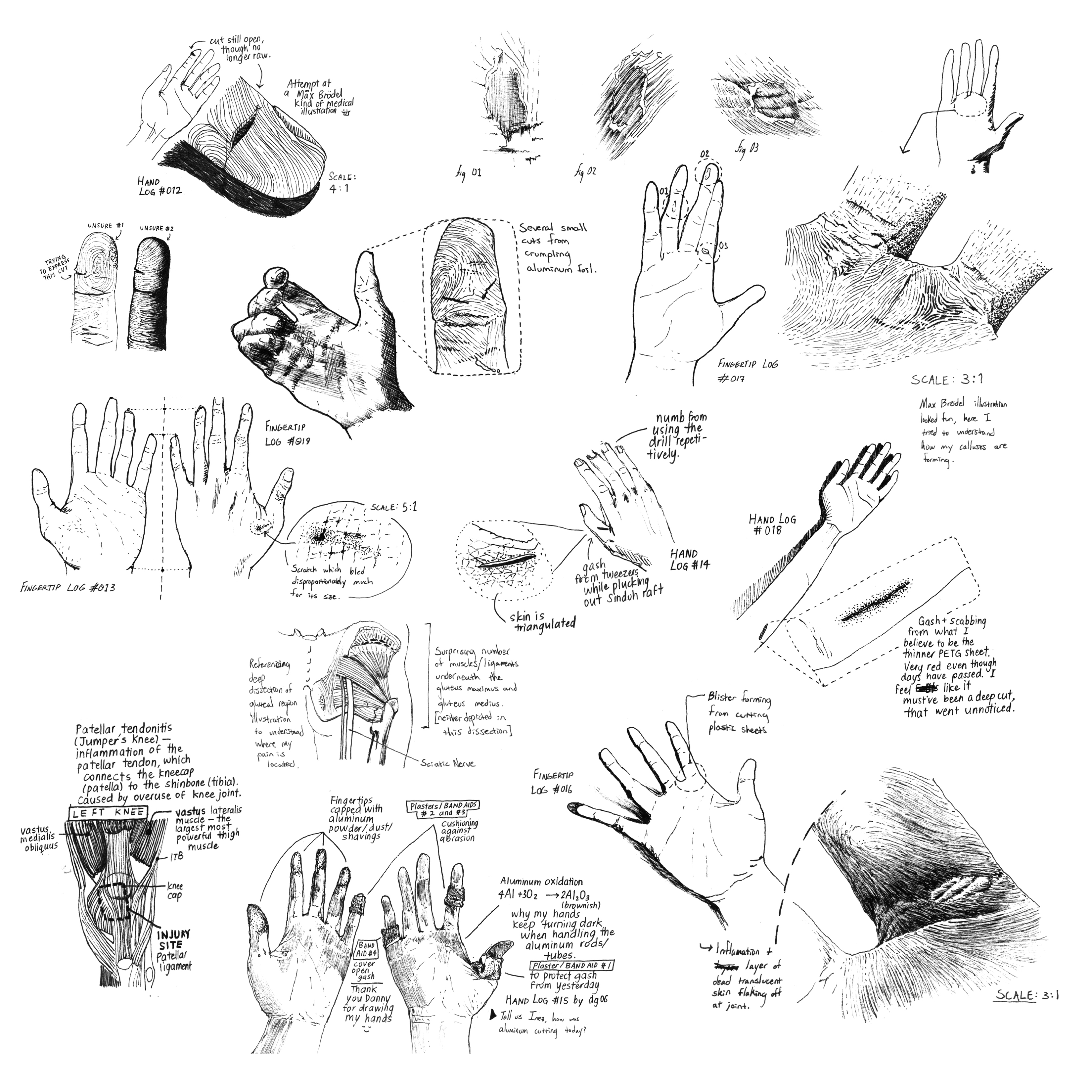


What’s the least sensational way that we can see our own labor?
To formulate our perspective on what showing labor actually entails, we first needed to learn to see it for ourselves. We obsessively engaged in self-tracking, conducting studies throughout the thesis ranging from self-reporting our energy levels to illustrating our injuries.
The most raw format of self-tracking that we engaged in was daily logging, that we did for nine weeks, or 45 days. At the end of each day, we would both write an entry on the same page, reflecting on any significant events during our labor.
We did not prescribe any format. Each day we came up with new ways to represent our labor, and repeated those that felt effective. The undistilled version of this information is quite complex, but by looking at the visible day-to-day evolution, the log reflects our growing consciousness of our own labor.
The exercise of logging allowed us to see which presentation techniques felt meaningful, such as the first day that we recorded cuts on our fingers. When such discoveries were made, we would investigate further to understand the established use of those techniques, leading us to research unexpected devices like autopsy reports and surgical illustrations. Though these tools do not fit in the current disciplinary model of architecture, they felt valuable in expressing our personal experience of labor.
How have non architecture fields been seeing labor?
Following the discoveries we made during our logging exercise, we looked further into how non-architecture fields have been seeing labor. Here we situate our own tests in a lineage of seeing devices. Up to now, it has been rare for the seeing of labor to be the main agenda of an endeavour — labor only manages to get captured indirectly in the pursuit of other aims, be it the tracking of personal development or learning; to manage and maximise the productive output of laborers, or accounting for injuries or even death.
Labor is a complex thing to see and capture. From the devices we survey outside of the field of architecture, we arrive at the following criteria:
To see labor is to see Action, Creativity, Time, Demand and Harm.
From surveying tests across these categories, we see that there is a trend toward quantitative methods, where labor is condensed into impersonal formats of data representation. From our own studies, we know that labor is not purely mechanical — authorship, emotion, and social interaction all affect the experience of the laborer yet are not accounted for in spreadsheets, project timelines and casualty reports.
As architects, we consider the subjective experiences of those who use our spaces, and we ask, why should we not make these same considerations for those who make our spaces?
 Timeline of Seeing Devices
Timeline of Seeing Devices
What would the architect’s version of labor accounting be?
Rather than solely relying on the methods of other fields, we want to investigate what the architect’s version of labor accounting could be. We see the opportunity in physical outputs of architecture to serve as ledgers of the labor that goes into them. In an ideal world, every trace of labor becomes non-fungible, embedded and expressed in the architecture. Here, the experience of architectural space and the experience of the implicated laborers are rendered inseparable.
As we discussed earlier, there hasn’t been a pavilion that privileged the accounting of labor. The premise of our experiment then is to use the scale of the medium to see how we can steer an outcome purely by designing labor accounting. The tectonic systems we chose prioritize scale fidelity: lightweight systems that let us engage our entire bodies in construction. We use a jig and simple surface geometries to produce an elemental form, allowing us to focus our experiment on filling in the space of the framework, the role typically deemed least skilled in trades such as masonry. Taping, wrapping, and spraying are all materials that follow a logic of accretion, allowing us to explore variation through emergent rather than deterministic tectonics.
For each of the tectonic systems, we began with a control — a reference point for the basic application of the construction. In all three controls, we can perceive some registration of the labor — the path of the foam, the placement of the tape, the direction of the wrap. We then conducted three test iterations with a goal of accentuating specific aspects of labor, modifying rules to amplify registrations within the same construction. We call these proposals “forms of embedded labor accounting”, and we organize them according to which aspects we see that they have embedded: be it actions, creativity, time, or demand.
Here, we demonstrate the ability for the architect to design labor accounting into the material tectonics of the artifact. By altering the rulesets for filling in a framework, these proposals allow the same geometry to illustrate a spectrum of options for reading the synergy between manual contributions and artifact.
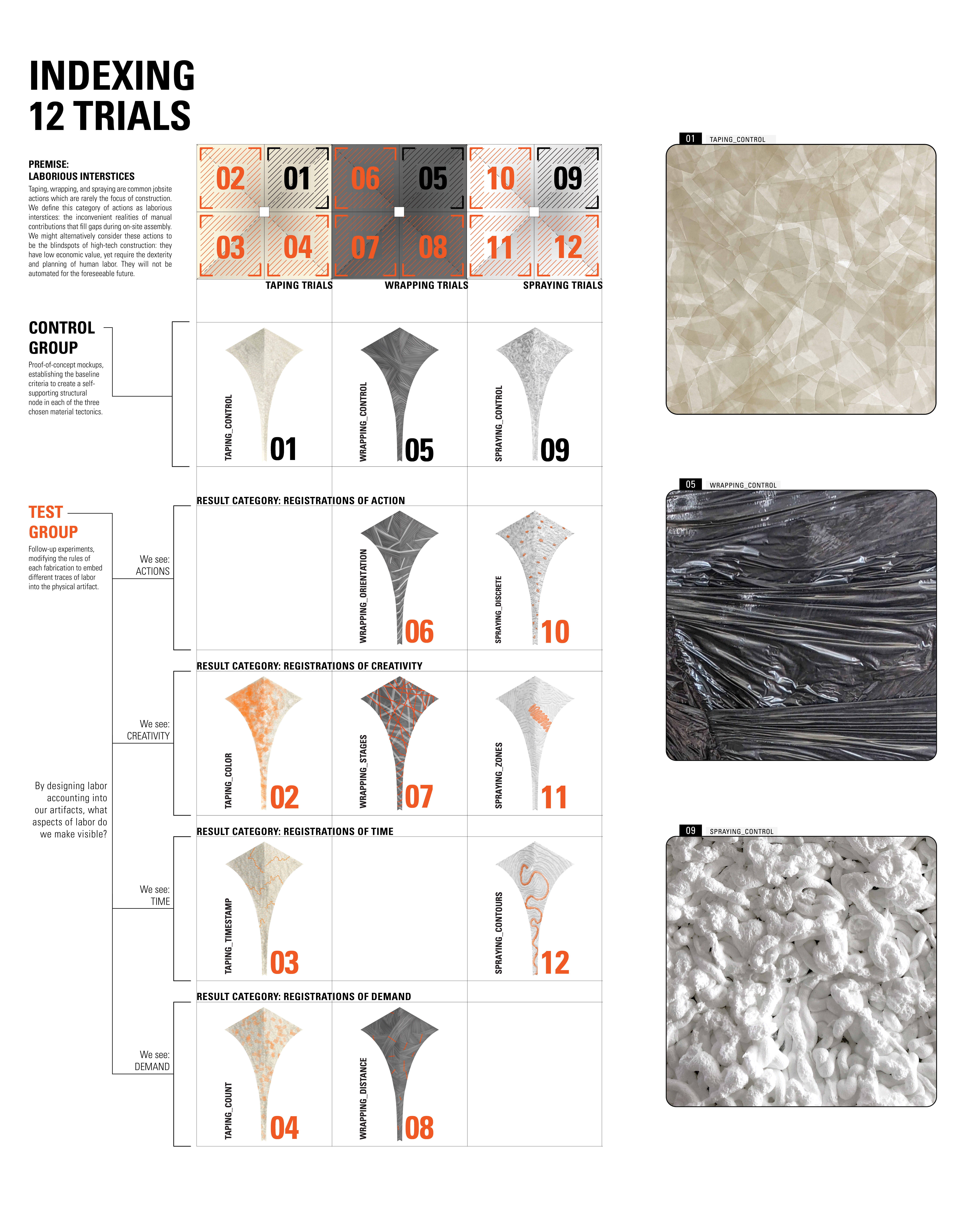
Trials in Taping
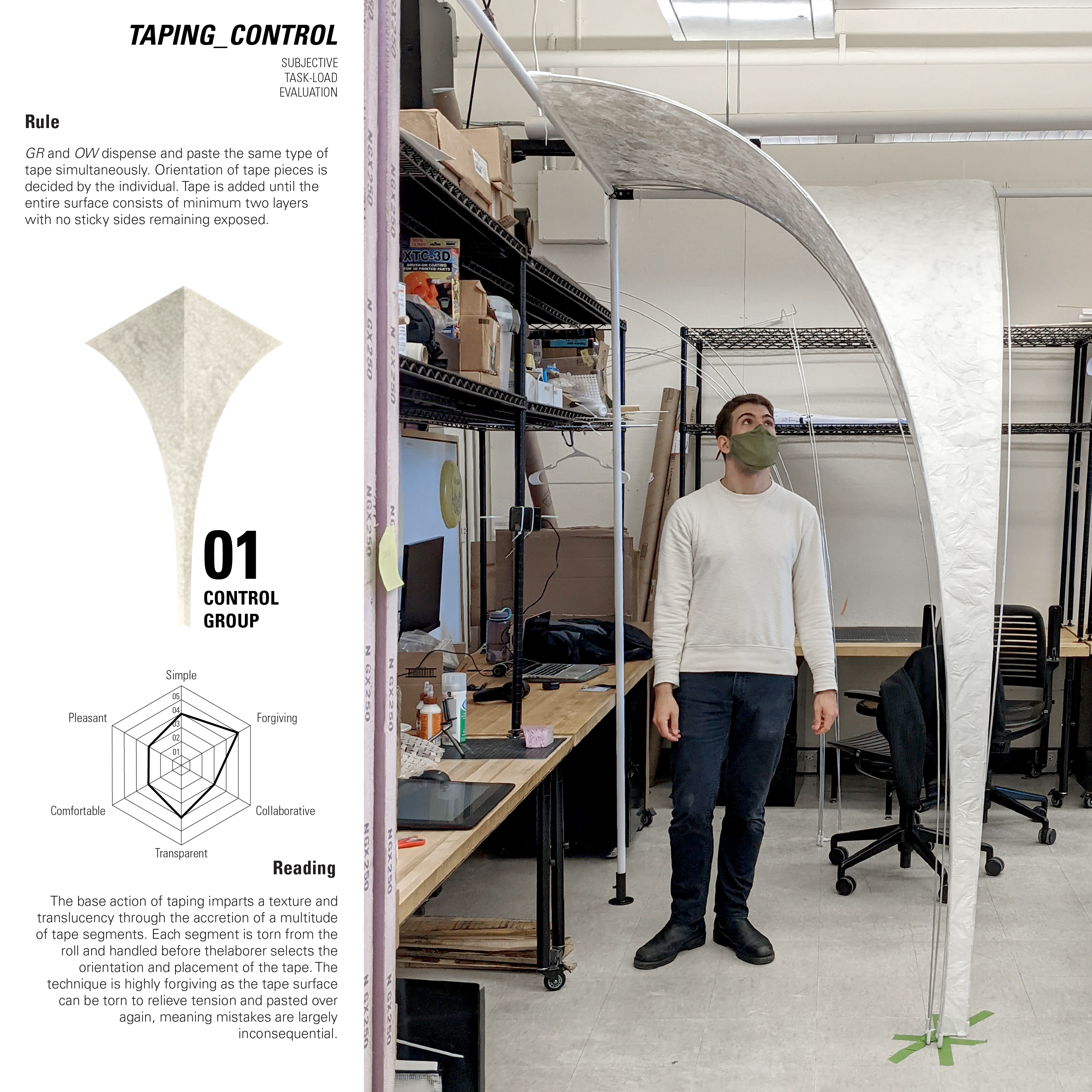





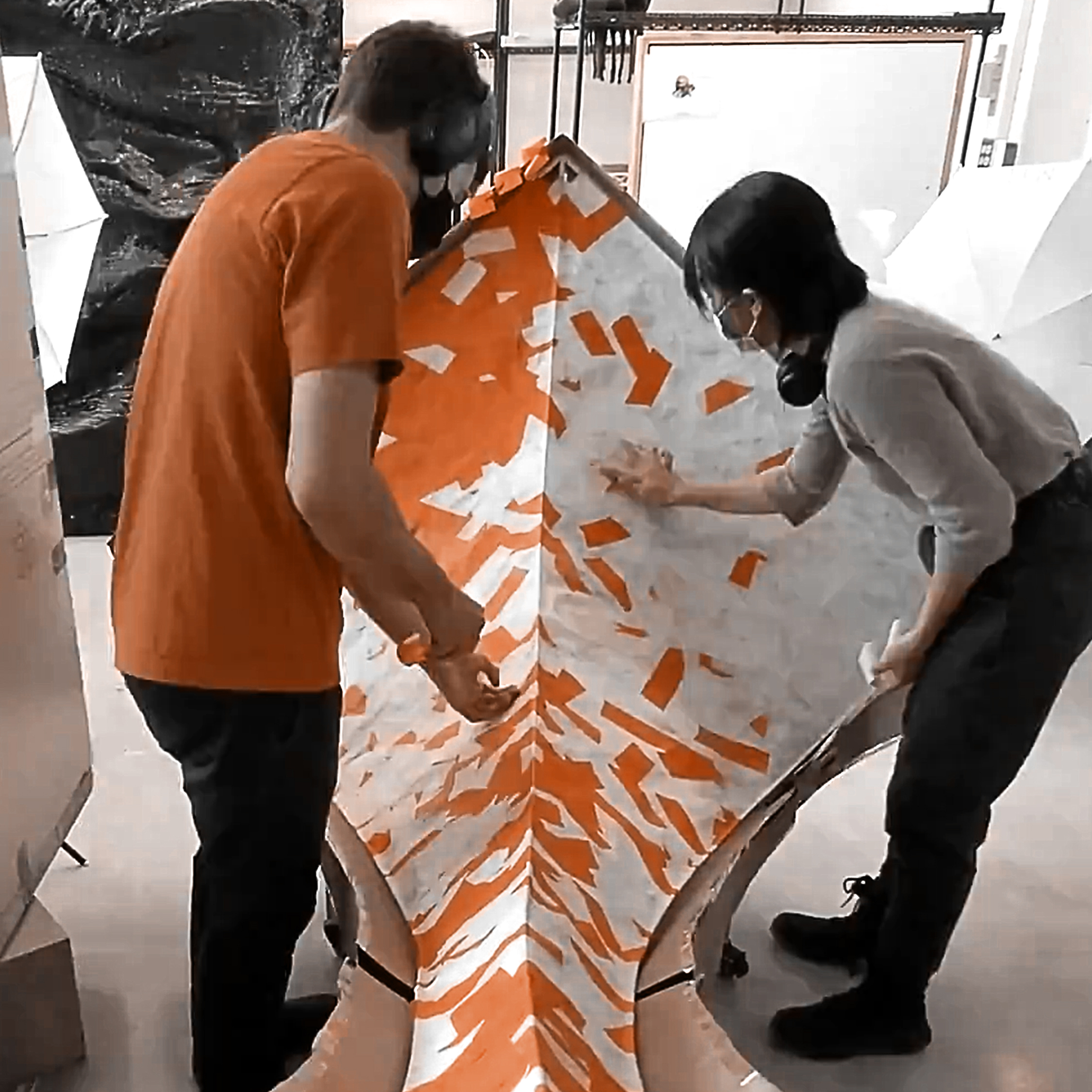


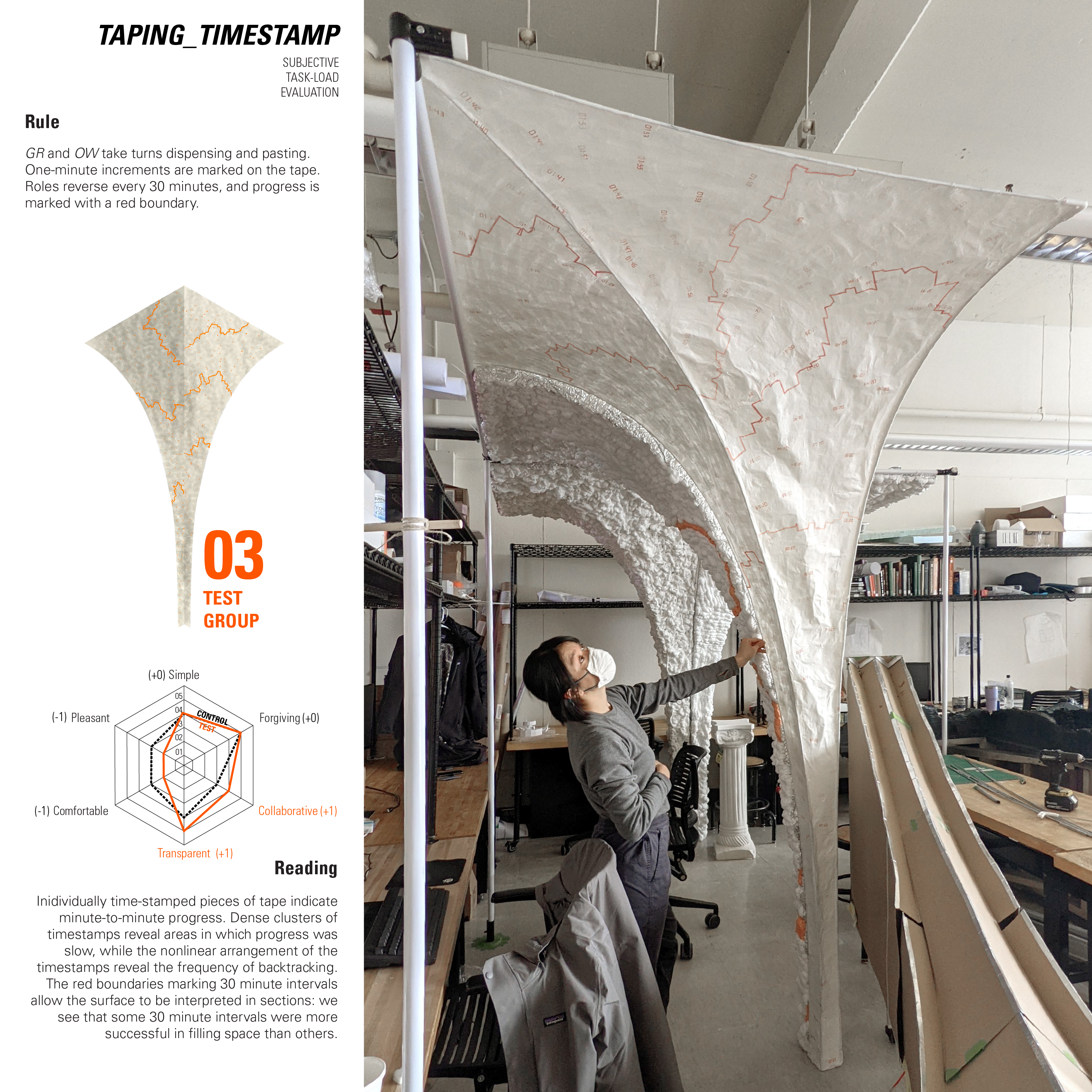
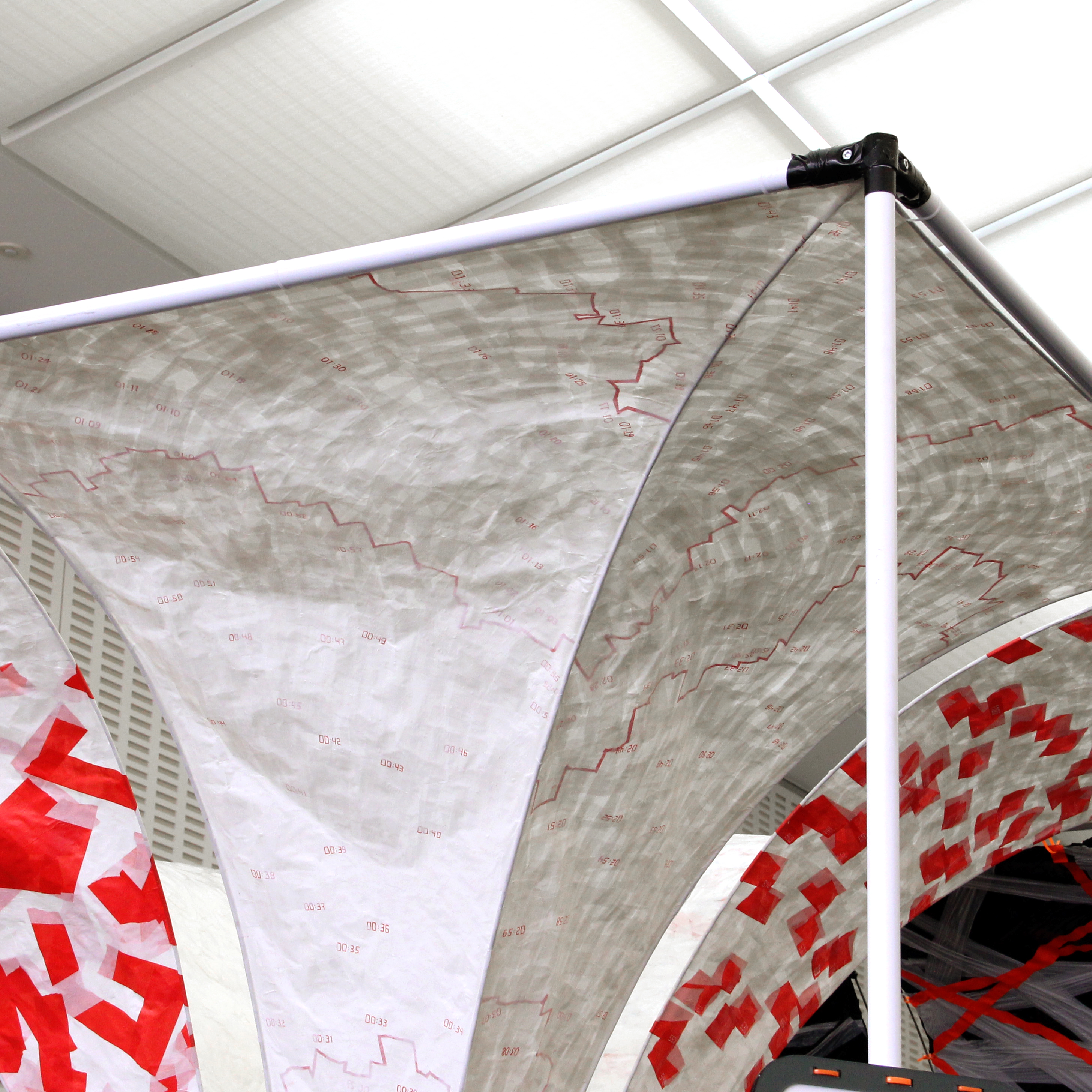


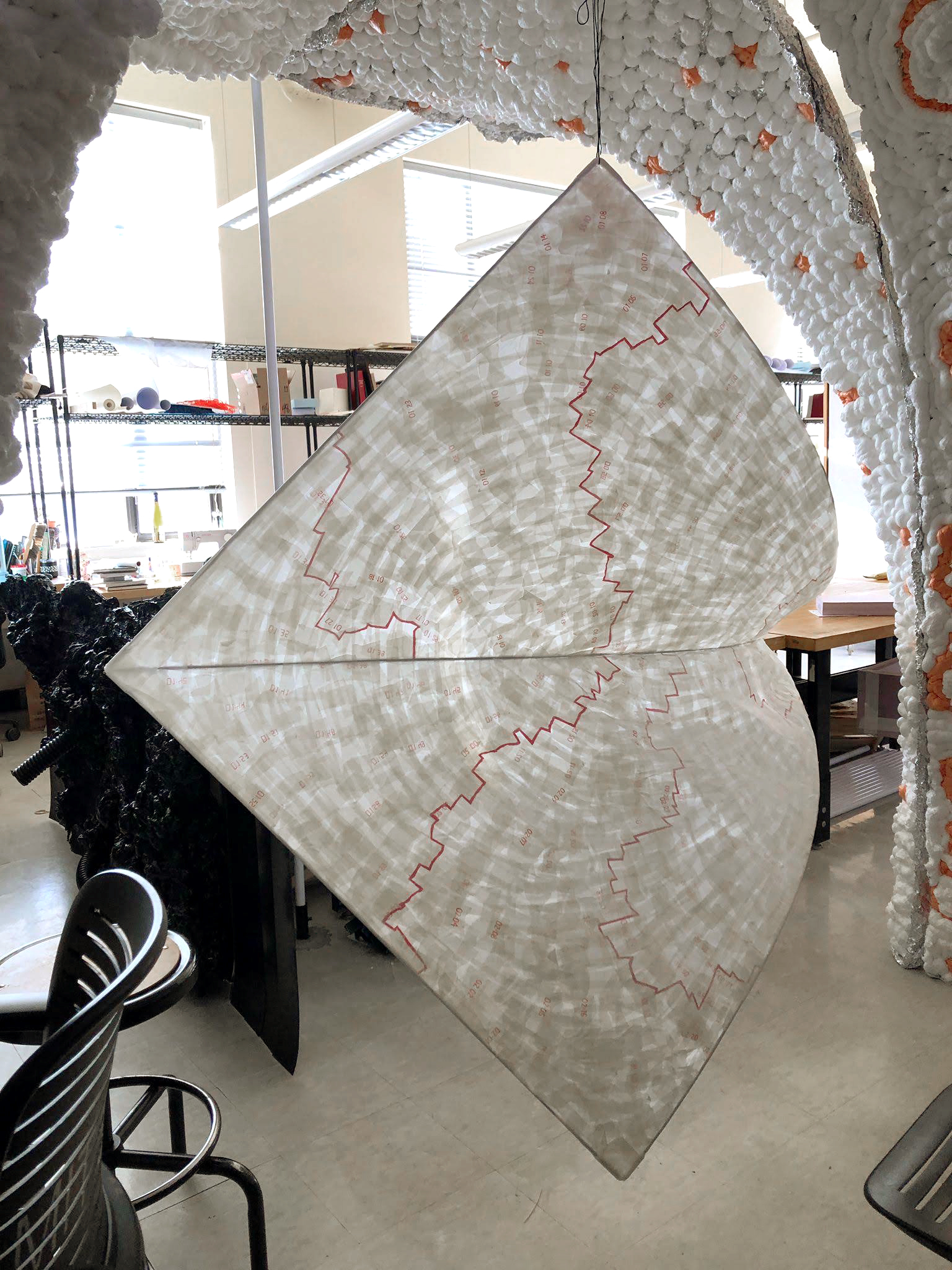


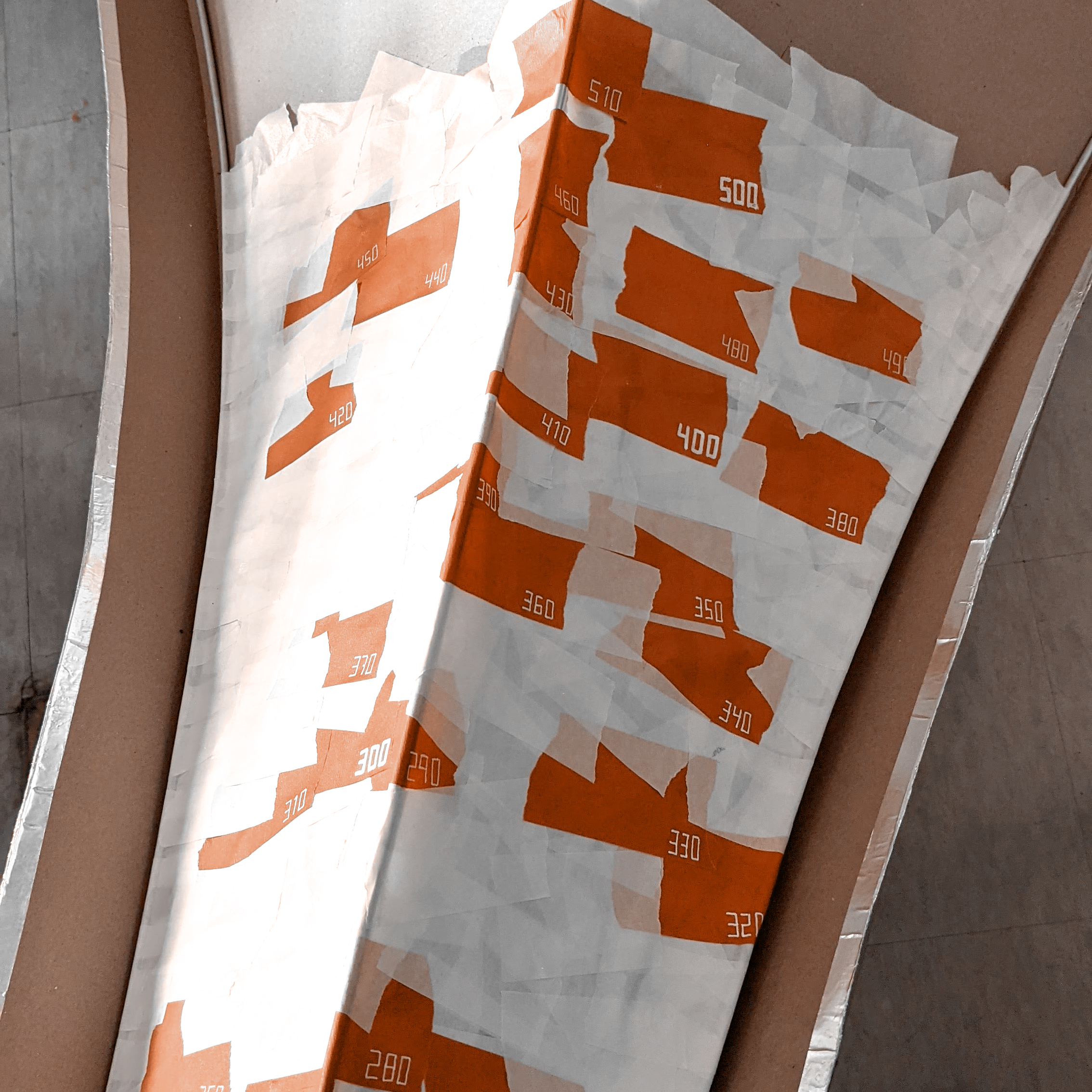

Trials in Wrapping




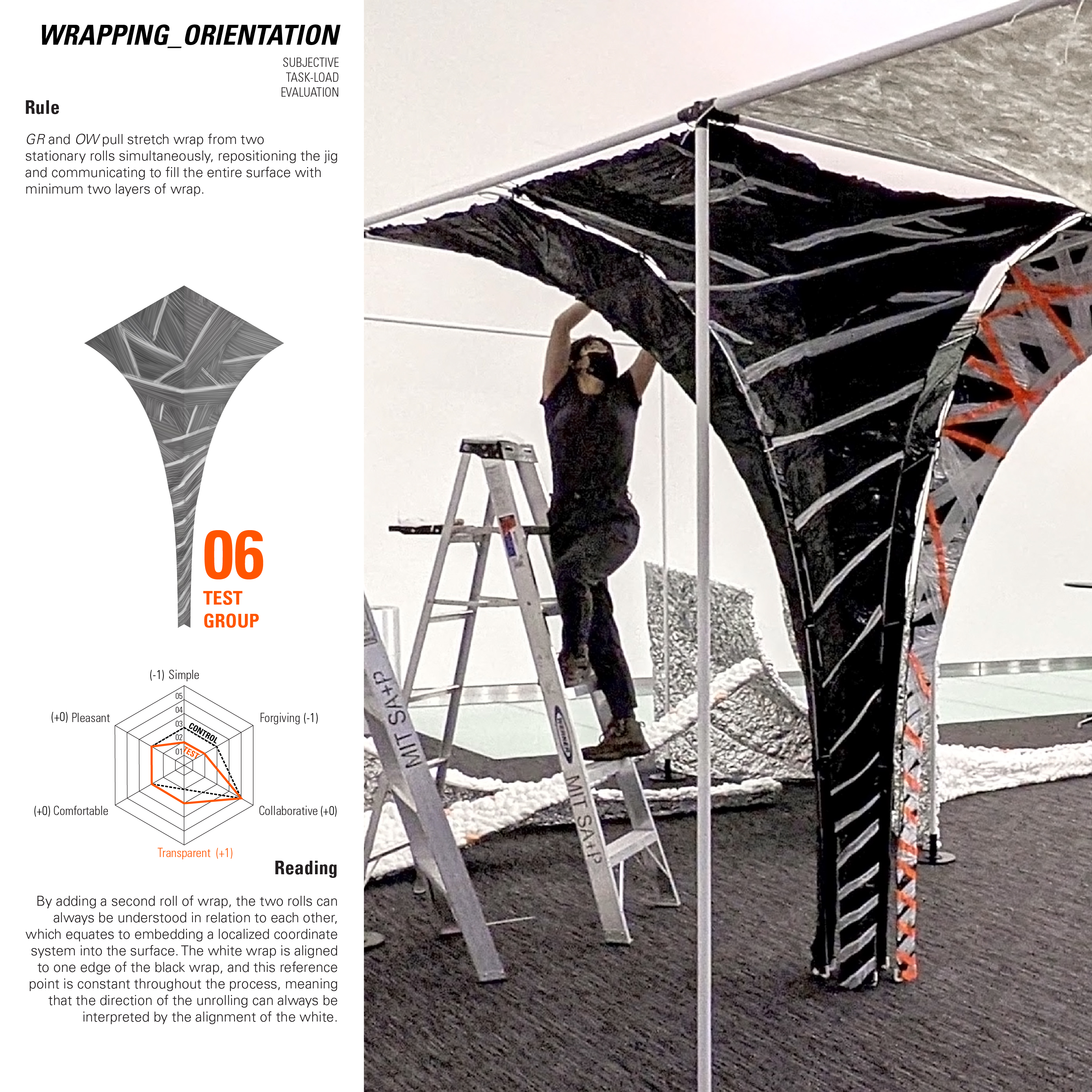


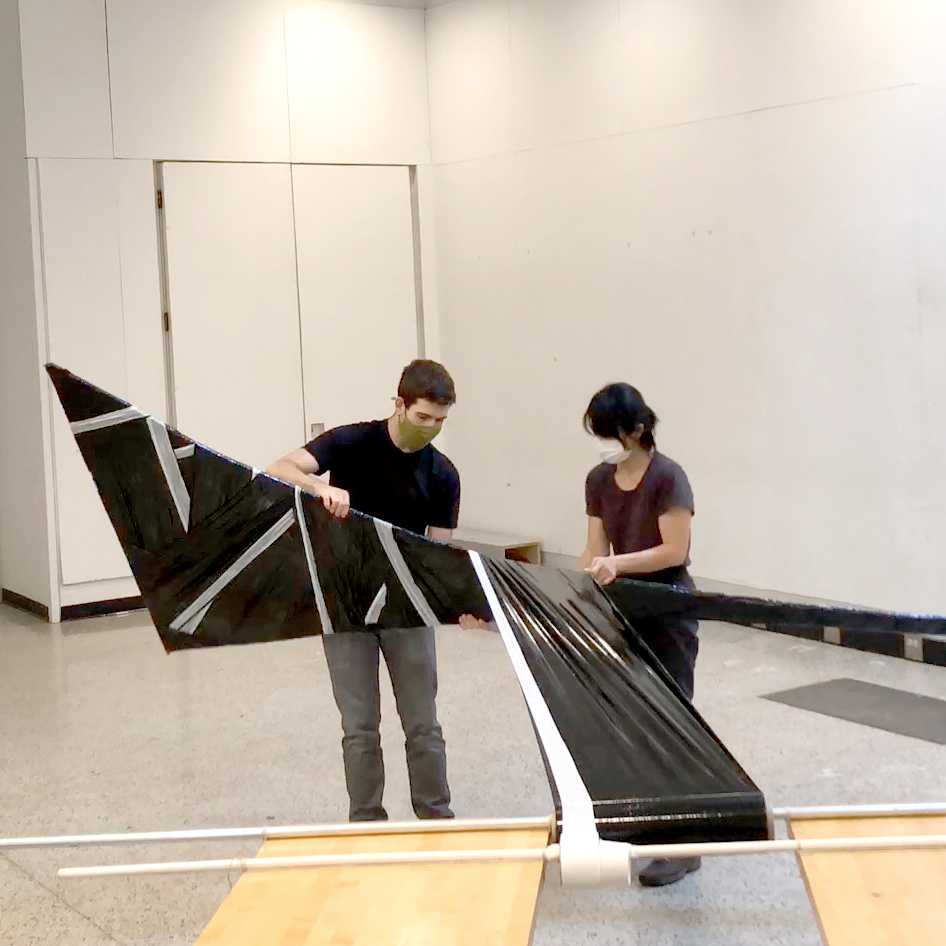
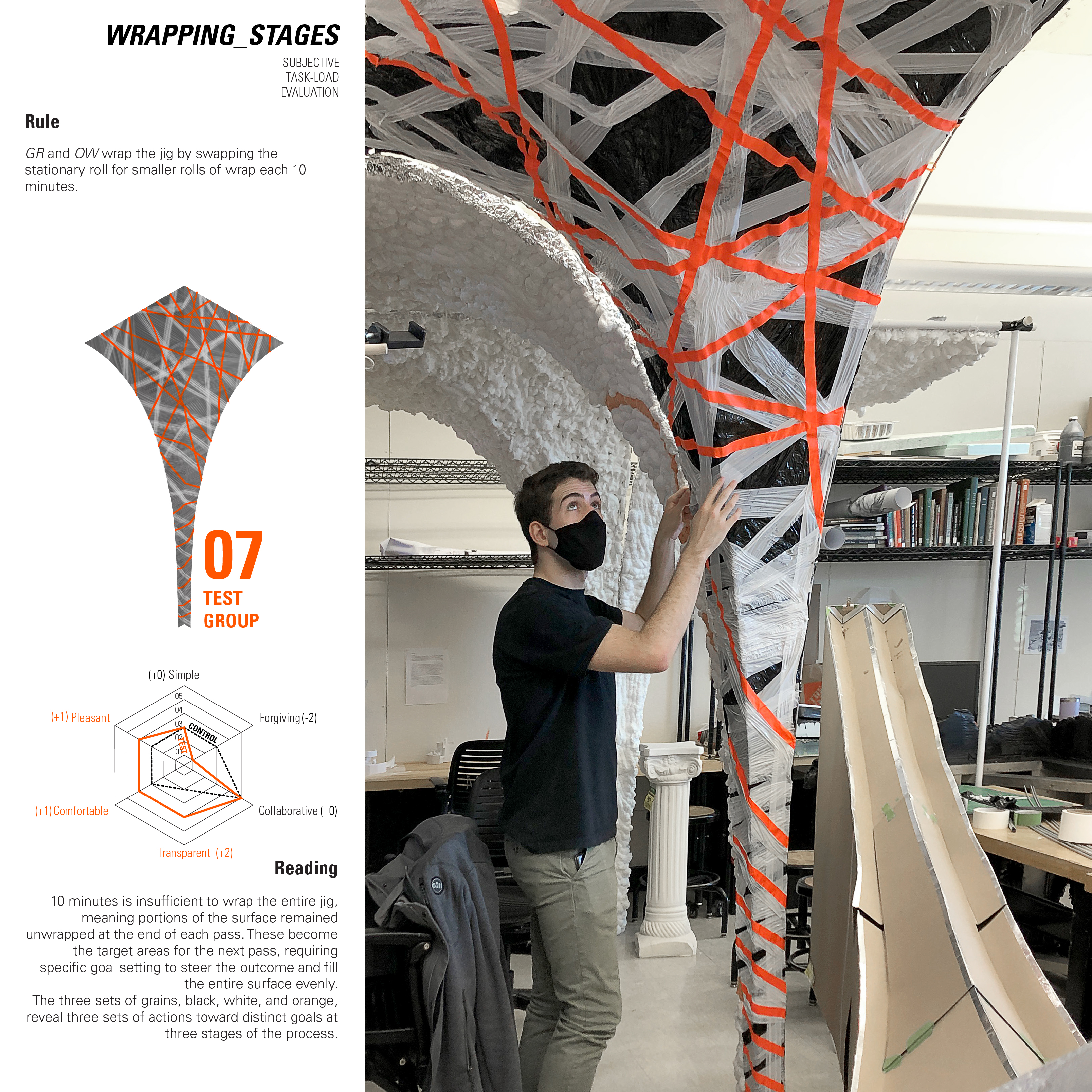



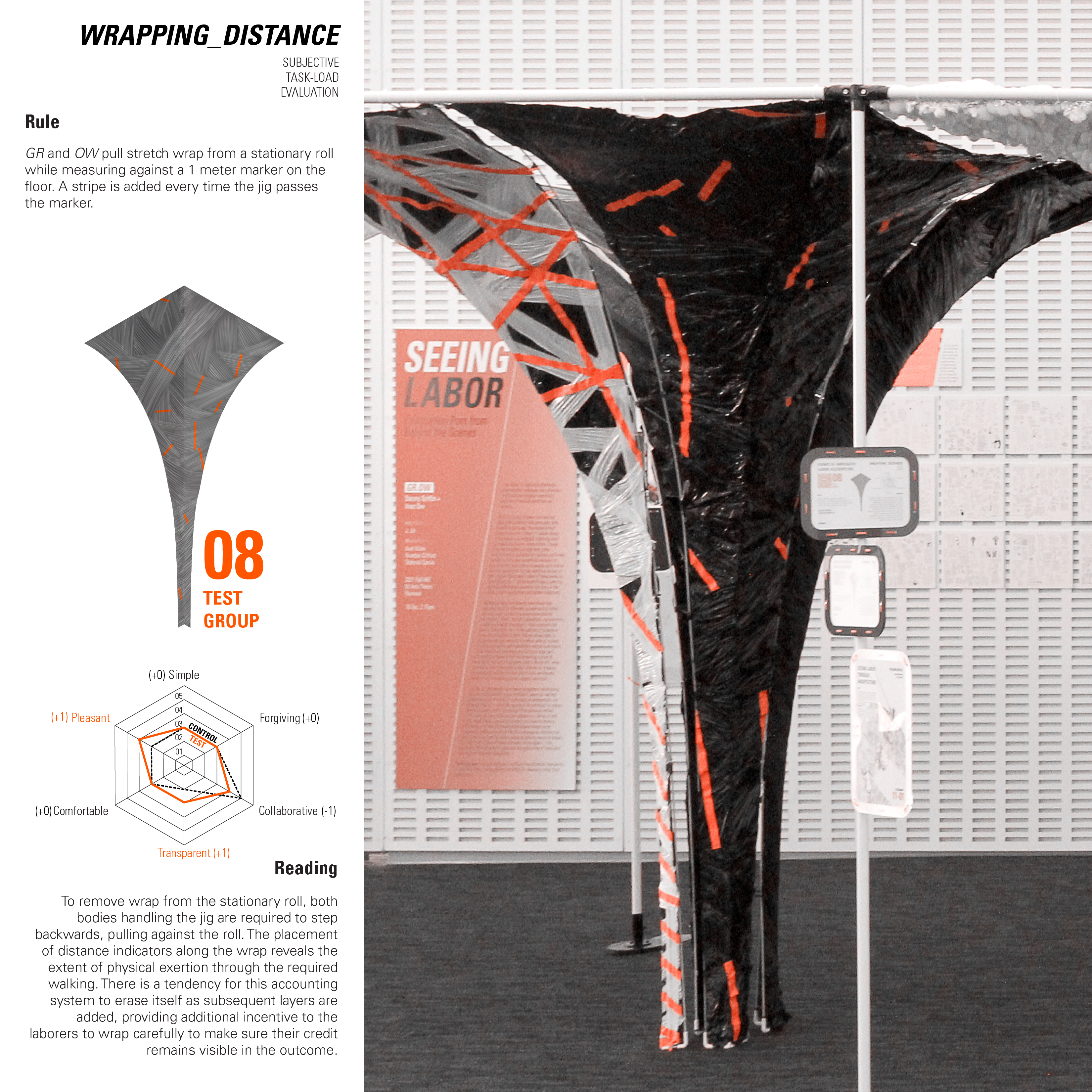

Trials in Spraying



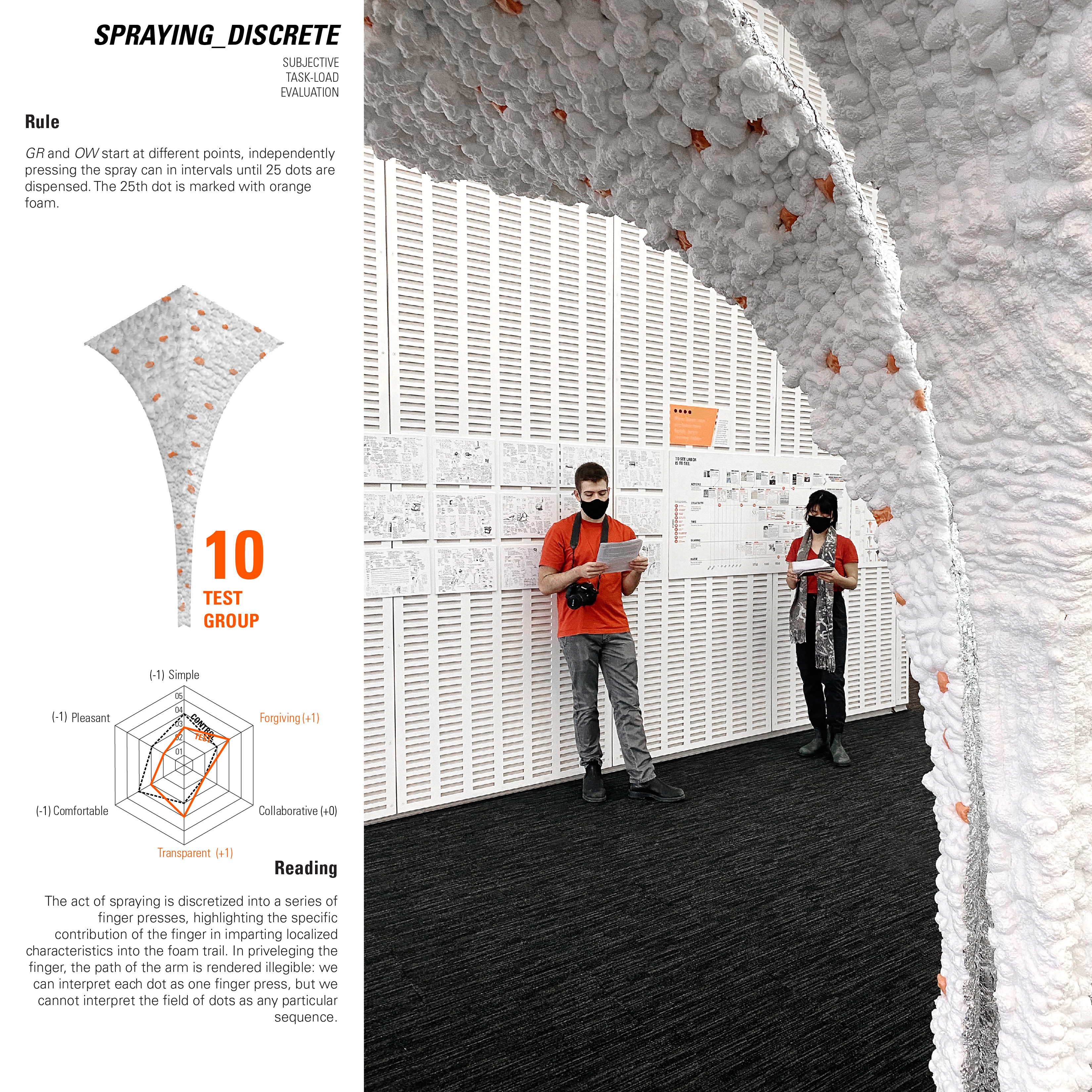
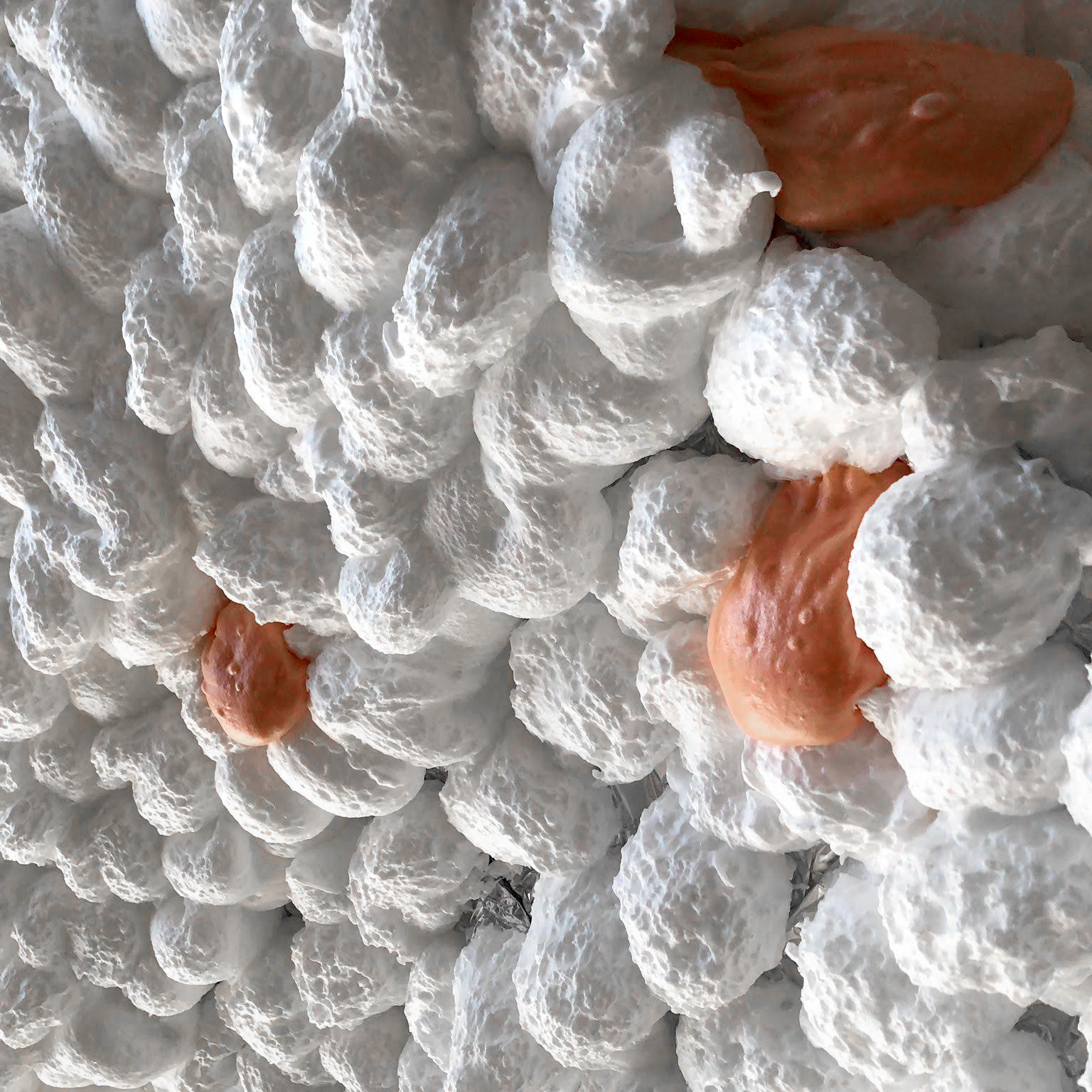












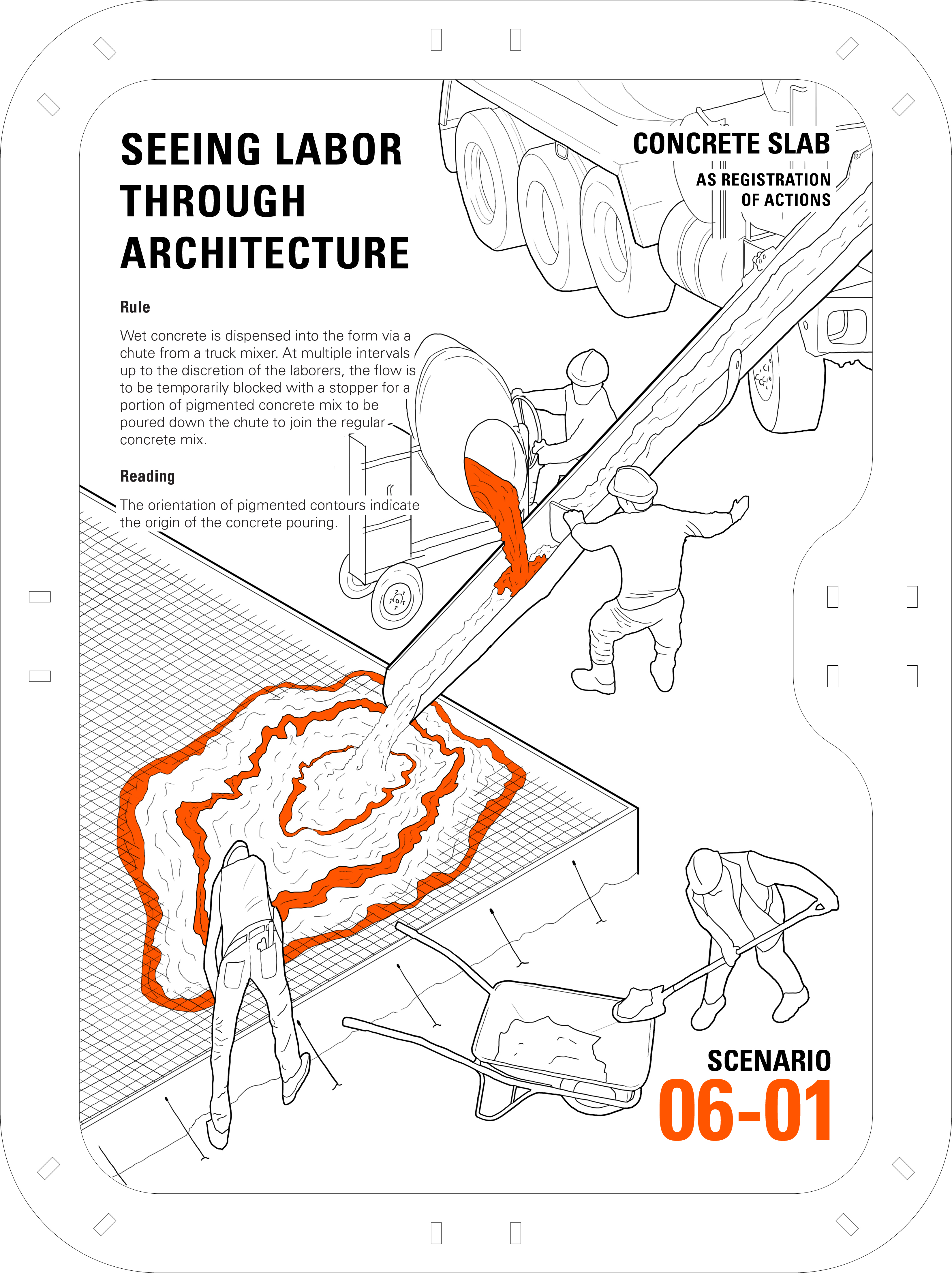



Illustrations: Labor accounting embedded in conventional systems.
How could labor accounting be embedded in conventional construction systems?
We envision a reality where labor accounting is embedded in architecture through short vignettes — provocations where we apply the philosophies we tested ourselves into conventional construction systems. In doing so, we understand that labor management does not solely have to happen the business way, but can happen the architect’s way too. The scalability of such techniques can break down the monotonous systems that have come to characterize architecture, and to impart a grain that provides human legibility into our structures.
In 2014 the Guardian reported the deaths of hundreds of migrant workers during the construction of the Qatar World Cup Stadium, designed by Zaha Hadid architects. When interviewed, it was brushed off as a government policy issue. If the philosophy of labor accounting through architecture were practiced by architects, would such labor conditions still persist? Would such tragedies be taken as lightly if they were amplified in the walls around us, rather than neatly stowed away in a spreadsheet?
Treating labor accounting as part of the scope of architectural design needs to become standard — every action has a consequence. Accountability is tied to the trajectory of a project, not just the output.
Seeing Labor is a case that every architect should retrain themselves, to use their role in the organizing of bodies for advocacy, rather than exploitation.
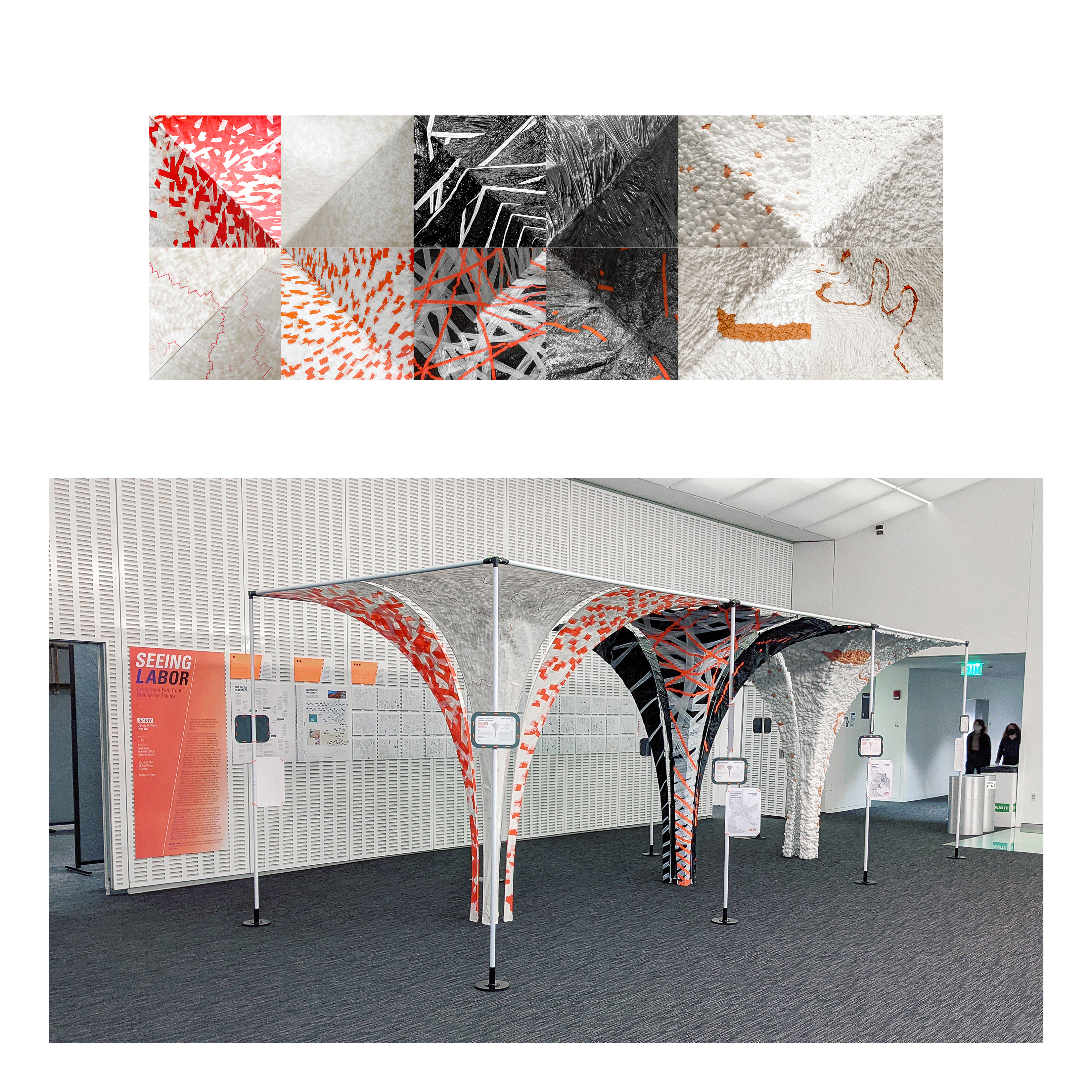
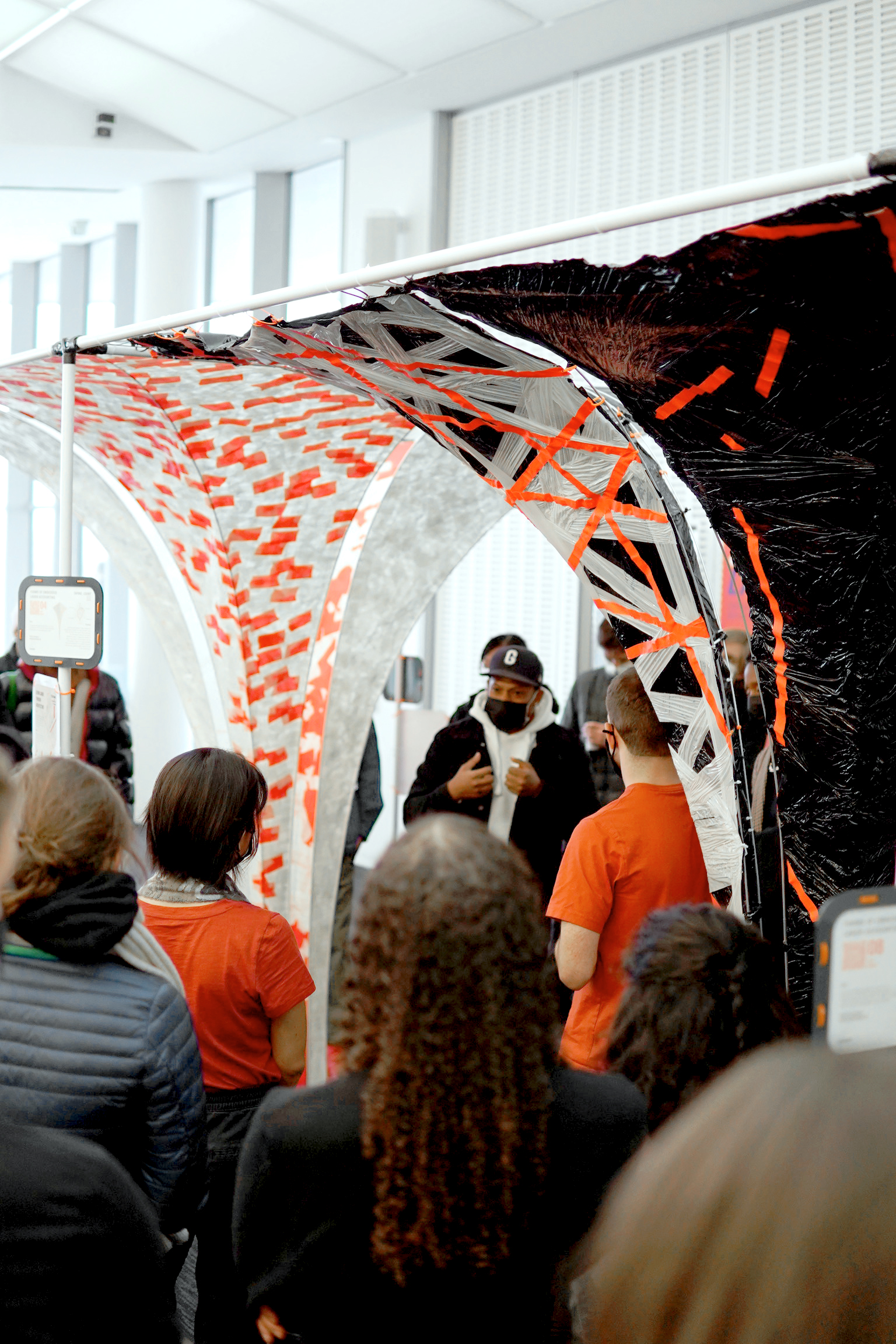 Final Review: Image Courtesy of Matt Ledwidge
Final Review: Image Courtesy of Matt Ledwidge